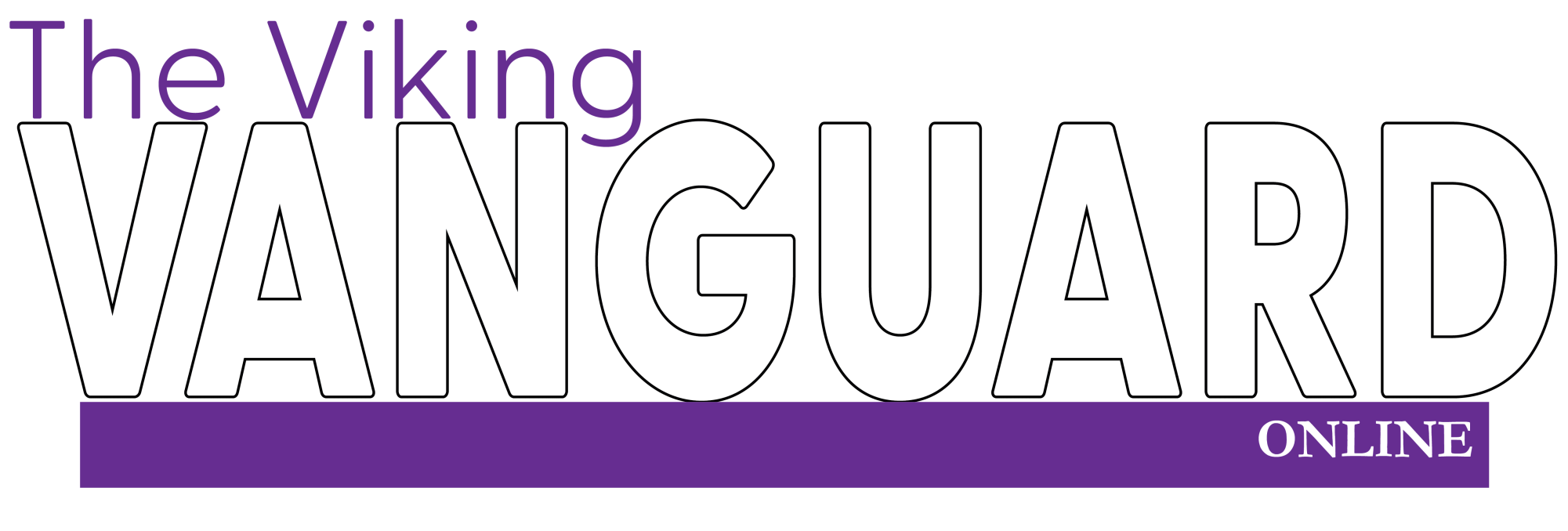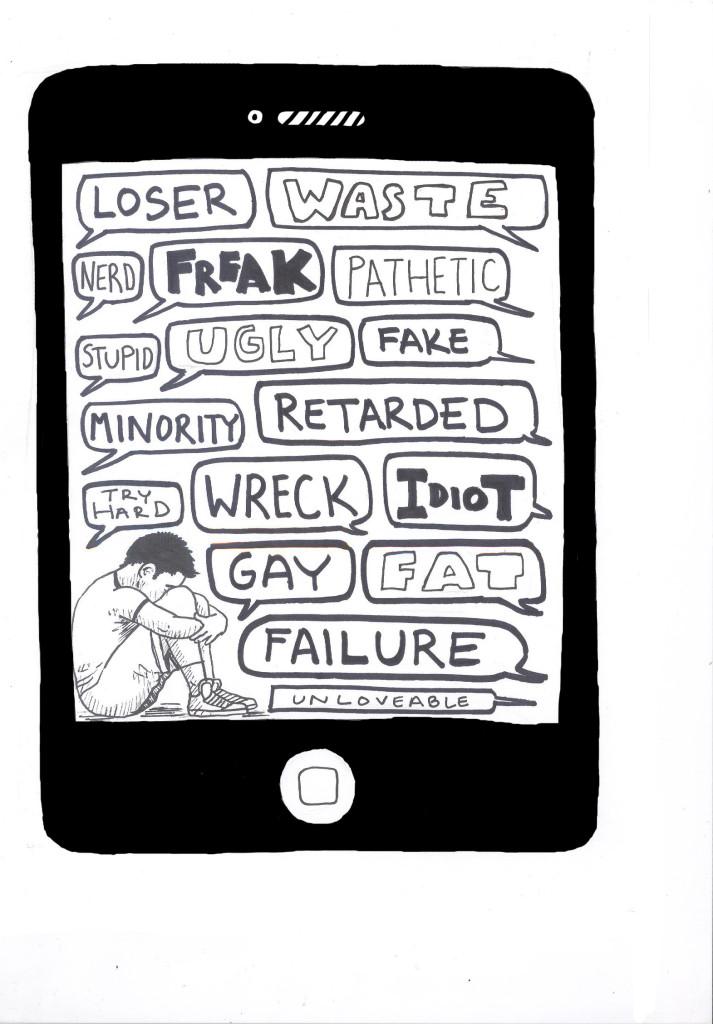Just as styles and trends change, so do the strategies of harassment.
The current Program Supervisor in the School Safety Center of the Office of the Superintendent of Public Instruction in Olympia, Wash., Mike Donlin, explains the threat to teenagers.
“Cyberbullying in Washington and around the world runs parallel to regular everyday bullying. About 20 percent of students say they have been cyberbullied in some way or another,” Donlin said.
However cyberbullying is a tricky concept to understand. The District policy states that the District does not tolerate any behavior that qualifies as cyber bullying.
Harassment or bullying via the Internet has the same repercussions as traditional bullying cases. Whether it is in or out of school, disrupts the educational process or invades the privacy of another student, the District asserts that there will be consequences.
Donlin reinforces that there truly is no distinction between real-life bullying and cyberbullying.
“There is no reason to make a distinction between bullying and cyberbullying because it is really all the same,” Donlin said. “What we have come to realize is that if a person is being cyberbullied, the chances are they are being bullied in the real world as well.”
According to the student handbook, the disciplinary action will be appropriate and responsive. Depending on the student, the severity of the harassment, the age of the student and the relationship between the harasser and the victim the severity of the punishment will vary.
Vice Principal Eric Hogan explains what may be considered bullying to some is probably not bullying at all.
“It may feel like bullying to the person and we help them through that. But the harassment may not actually meet the legal definition of bullying,” Hogan said. “It needs to be persistent and ongoing over time. A conflict between two people is not bullying.”
The line between playful banter and harassment blurs when social media is introduced. Twitter beef is just one of many passive aggressive and argumentative forms of internet self-expression. Junior Domenic Sosa elaborates on this phenomena.
“Oh, I love Twitter beef, I just like to grab a bag of popcorn and watch,” Sosa said. “But if it turns into harassment or threats, then something should be done about it.”
Donlin explains when an argument on Twitter can turn into a concern.
“Very often what is a Twitter argument or simply texting back and forth between two people who are ticked off turns into more if someone else jumps in, sees it, takes it, twists it around and turns it into something the first two people never intended for it to be,” Donlin said. “It stirs the pot and that is when it becomes a challenge.”
According to Donlin, adults are typically the ones to call a disagreement over social media out as cyberbullying and bring attention upon the situation. In contrast, Hogan claims that adults will only be involved if the student wants them to be.
“Why people tend not to come forward is because they think we are going to hijack the situation and the adults are going to take over when really unless it is an extreme, your-life-is-in-danger sort of situation, we are not going to advance further without the student’s permission,” Hogan said.
Even if a situation is not technically bullying, there are still ways that an individual can handle the conflict. Hogan recommends having a third-party mediator to help with the issue.
“Rather than trying to fix the situation over social media, because that will make it worse, find a conference room, or an empty classroom with a teacher or trusted adult mediating,” Hogan said. “It is almost a hundred percent successful.”
Hogan says that sometimes the best way to avoid conflict on social networking is to stay away from the internet.
“Jumping off of Facebook or Twitter does not necessarily mean that the problem goes away, but if you constantly find yourself caught up in the social network drama, maybe try and stay off the internet for a while,” Hogan said. “If it is not a healthy environment for you, do not put yourself in that situation.”



